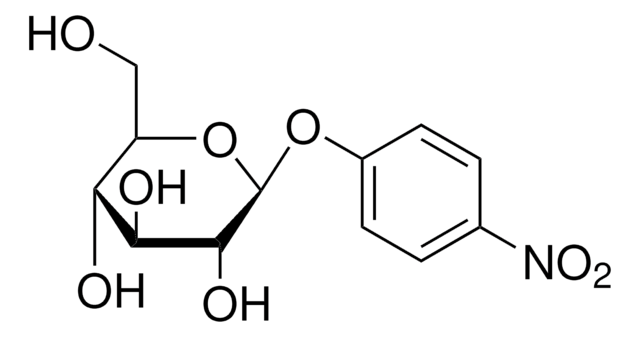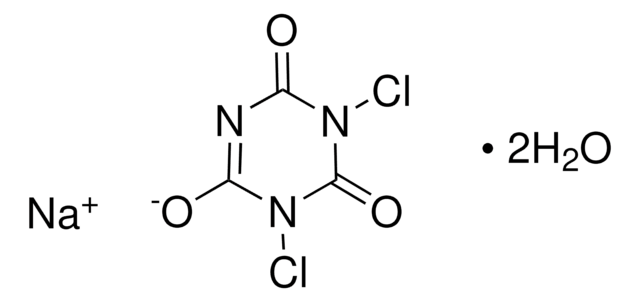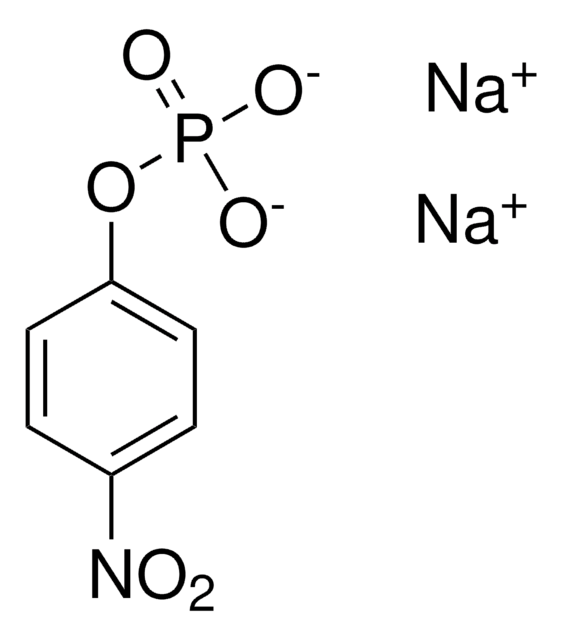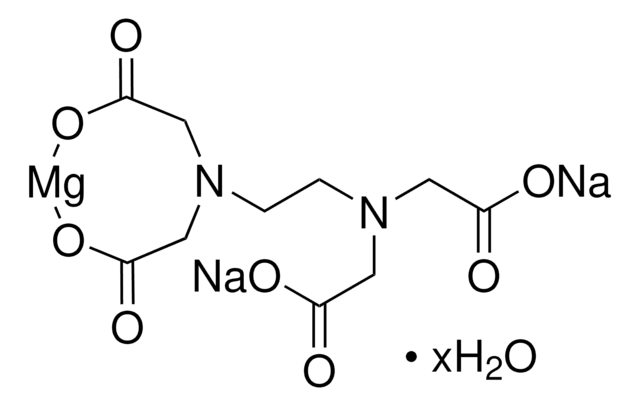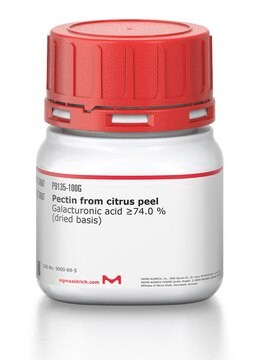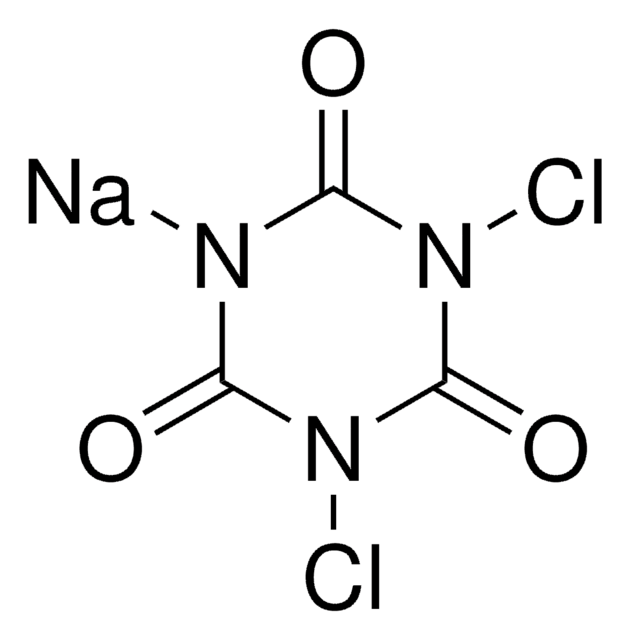10830
(+)-Arabinogalactan
≥80% (HPLC), from larch wood
Sinónimos:
Polyarabinogalactan
About This Item
Productos recomendados
biological source
larch wood
Quality Level
assay
≥80% (HPLC)
form
solid
impurities
≤15% water
color
white to beige
mp
>200 °C (dec.) (lit.)
solubility
H2O: 50 mg/mL, clear to slightly turbid, colorless to slightly brownish-yellow
storage temp.
room temp
InChI
1S/C20H36O14/c1-7-11(23)18(12(24)9(4-21)32-7)34-20-15(27)17(29-3)13(25)10(33-20)6-31-19-14(26)16(28-2)8(22)5-30-19/h7-27H,4-6H2,1-3H3
InChI key
SATHPVQTSSUFFW-UHFFFAOYSA-N
¿Está buscando productos similares? Visita Guía de comparación de productos
Application
Biochem/physiol Actions
Other Notes
Storage Class
11 - Combustible Solids
wgk_germany
WGK 3
flash_point_f
Not applicable
flash_point_c
Not applicable
ppe
Eyeshields, Gloves, type N95 (US)
Elija entre una de las versiones más recientes:
¿Ya tiene este producto?
Encuentre la documentación para los productos que ha comprado recientemente en la Biblioteca de documentos.
Nuestro equipo de científicos tiene experiencia en todas las áreas de investigación: Ciencias de la vida, Ciencia de los materiales, Síntesis química, Cromatografía, Analítica y muchas otras.
Póngase en contacto con el Servicio técnico

